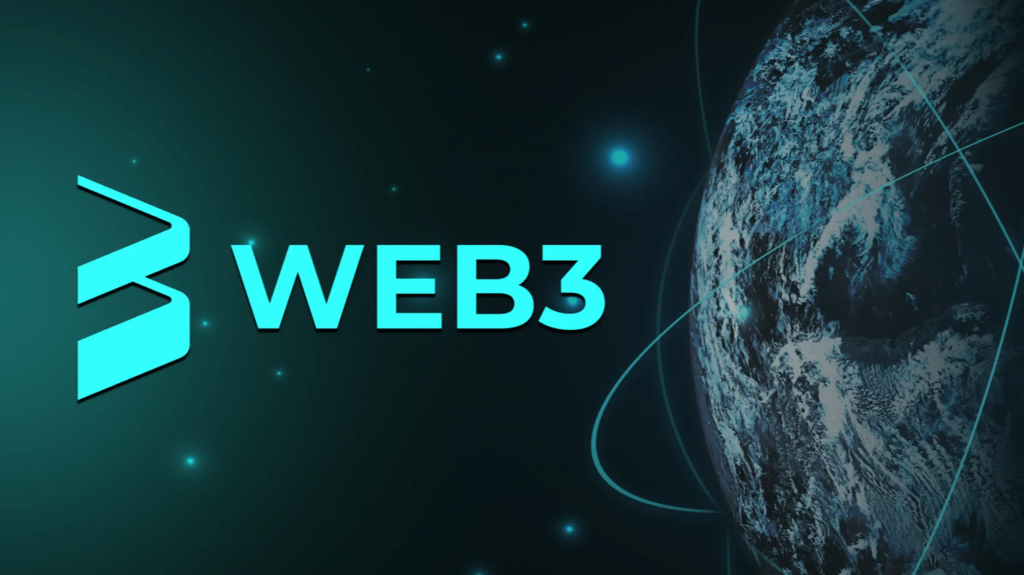The defining business question of our era is deceptively simple: how do we leverage AI for sustainable competitive advantage? Yet the answer requires confronting uncomfortable truths about how we’ve structured our organizations.
A Pattern We’ve Seen Before
This moment reminds me of the late 1990s dot-com boom—a period of explosive technology investment that culminated in the 2000-2002 market crash when unsustainable business models collapsed. But we’re experiencing it in reverse. Back then, opportunity flooded the market. I transitioned from UNIX system administrator to consultant overnight. They handed me a beeper, a Motorola StarTAC, and a laptop, then sent me to advise clients. Doors opened simply because I walked toward them. When the bubble burst in 2000, I leveraged those four years of consulting relationships and knowledge to build my own firm.
Today, we’re witnessing the contraction phase first. Middle management layers are being eliminated. Entry-level positions have constricted, leaving recent graduates struggling to gain their foothold. But here’s what most observers miss: when AI reaches operational maturity in enterprises, we’ll see massive hiring cycles. Once businesses master AI integration, they’ll need substantially more talent to pursue bigger, more diverse outcomes.
The businesses that navigate this transition intelligently—that become truly AI-first in their operations—will be positioned to capitalize on that expansion. The time to build that capability is now.
What AI-First Actually Means
Throughout this discussion, I use “AI-first” and “AI-native” interchangeably. Both describe the same operational philosophy: organizations that embed AI as foundational infrastructure rather than bolting it onto existing processes. These terms represent a mindset shift, not a technology deployment.
Efficiency Delivers More Than Cost Savings
Most executives fixate on profitability when evaluating AI investments. They should be equally focused on customer experience transformation.
Efficiency is systemic. When you ask customers to authenticate only once, to share personal information only once, to repeat their issue only once—you’re demonstrating respect for their time. When you remember what you’ve told them and what they’ve told you, you’re building trust. When you’re actually there for your customer in the moment they need you, you’re delivering something enterprises have failed to provide for decades.
AI represents our opportunity to restore the relationship between organizations and the people they serve.
The Workforce Transformation Nobody Wants to Discuss
Most AI conversations focus on job displacement. Let’s address it directly.
Every well-managed business understands this reality: exceptional people make your business soar. Poor performers drag everyone down. The harder truth is that many roles are filled with people who don’t fit—retained only because the position must be filled. People occupy roles that exceed their capabilities. People remain in roles they actively dislike.
These are problems AI can solve, but not in the way most fear.
Imagine a workforce focused entirely on outcome delivery. Roles filled with people who genuinely want those positions. Teams supported by AI agents that handle tasks outside their expertise or beneath their strategic value. What you’re left with is execution by people who love their work.
What kind of impact would that have on your organization?
This is why forward-thinking businesses are embracing AI—not to eliminate their workforce, but to optimize it. The challenge is equally clear: employees who resist their AI tools will underperform compared to those who embrace them. Consider the accountants who refused to adopt spreadsheet applications in the 1980s. How valuable could they remain when they rejected tools that made everyone else exponentially more productive?
I tell my teams this consistently: You’re here because of your judgment, your passion, and your professionalism. AI can help you excel in whatever role you choose. You control your future here when you leverage these tools.
Will some jobs be lost? Yes. People who don’t align with organizational culture can be transitioned out more confidently when AI fills capability gaps. Those who refuse to leverage available technology cannot remain. But here’s the reframing: AI isn’t replacing great employees. It’s become as fundamental as Office 365—a requirement for modern work, not a replacement for human talent.
The Great Filter
AI is no longer a technology initiative. It’s an organizational filter that separates adaptive enterprises from those that will struggle to compete.
For businesses, AI-first operations mean increased efficiency and dramatically improved customer experiences. For employees, it means focusing on outcomes and occupying roles that energize them rather than drain them.
The transition will be turbulent. The enterprise machine must perform significant operational gymnastics to align with this reality. But the destination is worth the journey. The faster we align our organizations, the less disruptive the impact on everyone involved.
That’s why I’m committed to helping enterprises embrace AI transformation. The future isn’t distant or uncertain—it’s immediately accessible. We simply need to reach for it.
This blog was created by AI in 10 minutes – the time it took for me write down what I wanted to say. I did not need a content writer, I just needed the things I wanted to say. This image at the top was generated by AI. I did not need a graphic artist, just needed to know what I want the AI future to look like. Reach out today X@Shawn_Ennis to engage more about your future with AI.









